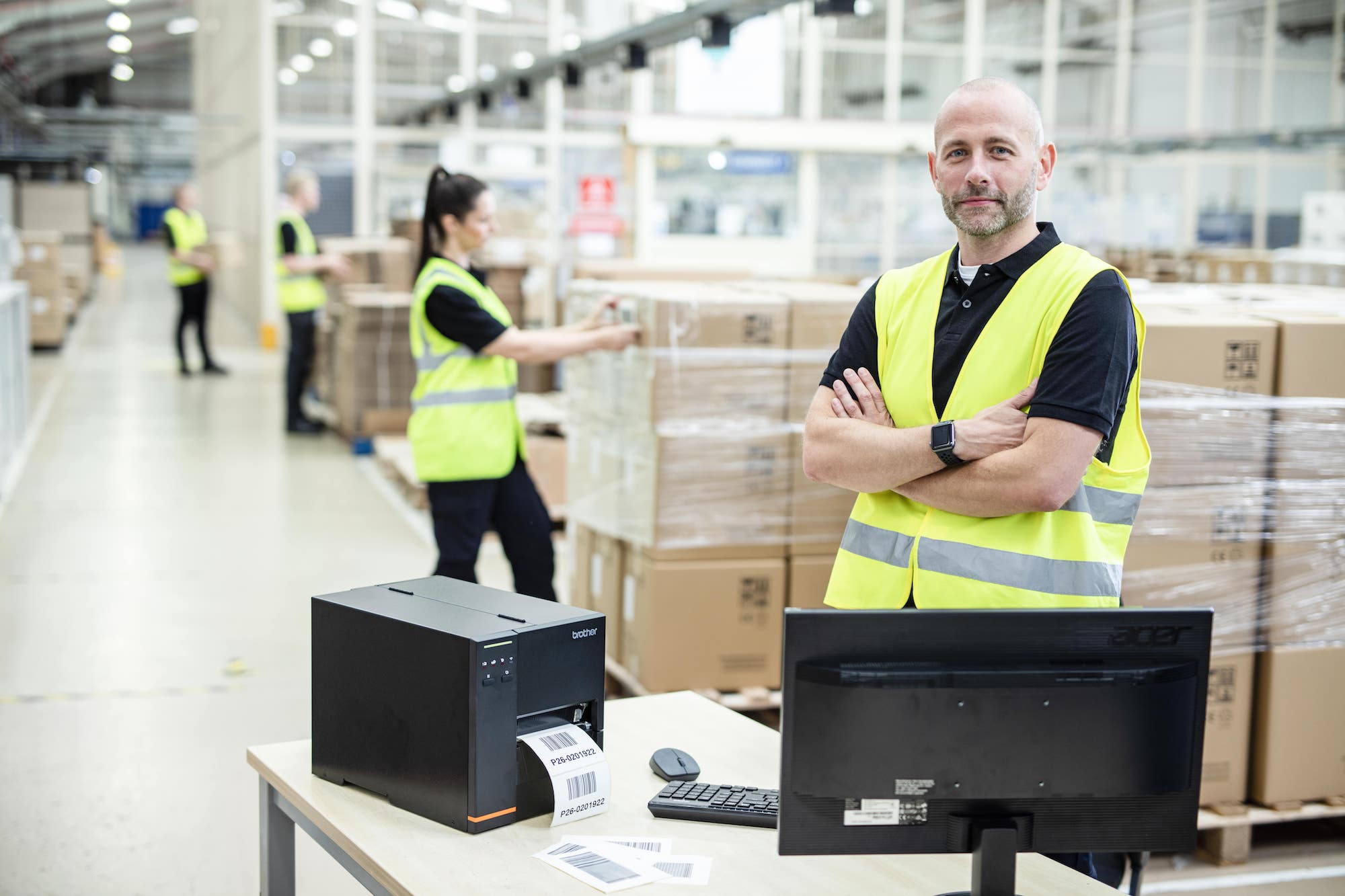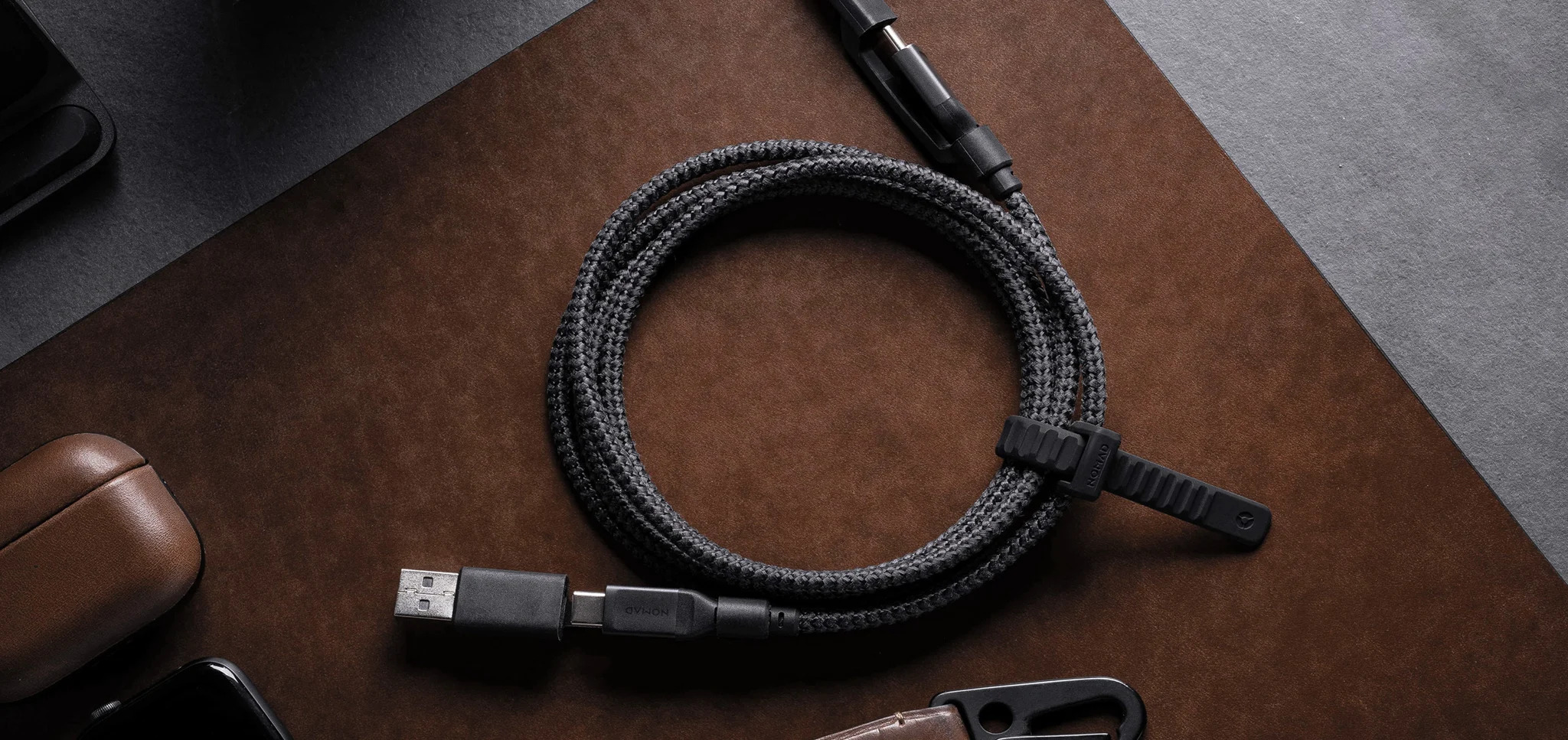The meaning of ‘work’ has undergone some changes in the past few decades. 20 years ago, you would be lucky to have a computer to yourself and a boss you didn’t daydream about suddenly retiring. Now, work places are providing us with the best of the best, encouraging us dedicated employees to remain within a company. Everything from overseas ‘business’ trips to aesthetically pleasing, fun and interactive offices.
An article on www.funatix.com.au by Scott Miller showcases how important having a positive working environment is in increasing productivity. “Understand that taking 15 minutes to laugh will increase productivity, not reduce it.” He says. “People think more clearly and operate more productively when they’ve had a break that clears the cobwebs from the brain. Nothing clears cobwebs more than laughter.”
But it’s not just the attitude towards the social side of work that’s changing. The physical layout of businesses around the world has begun adapting to suit not space issues, but rather the comfort of the employees. Whether or not businesses are succeeding in the modern world can be linked to the level of comfort employees have. The Gensler 2006 U.S Workplace Survey reveals that workplace design has a very distinct impact on companies’ bottom lines. It goes as far as to say that the effect of office design on worker productivity in the U.S is estimated to be at least $330 billion annually. (www.allbusiness.com)
So, what are the best ways of improving workplace environments to increase bottom line figures? Firstly, it must be understood what exactly people require to perform their best. According to US research by Buffalo Organization for Social and Technological Innovation (BOSTI), the ability to perform distraction free, undistracted in a group/team and having environments that support collaboration and impromptu interaction were held highest in strongest effect on job satisfaction.
Following by a collection of surrounding contributors such as attention to thermal comfort, direct visual access to daylight and workspace size allocated by functional needs, not hierarchy. A whole lot of effort has gone into making our workplaces not only a more enjoyable environment, but a comfortable and spacious one too! Hopefully these changes continue to grow as we say goodbye to camped makeshift dividing wall offices and hello to open, natural light, laughter-filled environments.









